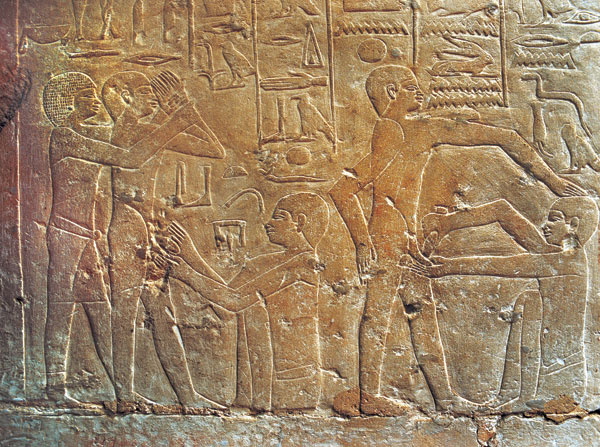
Pottery is probably the archaeologist’s most important diagnostic tool, not only for dating a stratum of an excavation, but also for determining the culture and ethnicity of the ancient people who lived there at the time.
In 1969, however, at the excavation of Tel Gezer, where I served as an area supervisor, a most unusual find would help us establish the culture and ethnicity of Stratum XI: a terra-cotta phallus.
It was handmade, broken at one end and measuring an inch long and about 0.4 inches wide. Stratum XI was dated by ordinary pottery to the late-12th to mid-11th century B.C.E. The detached member was found in the destruction debris of that stratum. Until that moment, the Stratum XI city at Gezer seemed to be, so the excavators thought, a Philistine city. But there was a problem: The phallus was circumcised.
The Philistines, traditional enemies of the Israelites, are referred to more than 30 times in the Bible, often pejoratively, as uncircumcised. One of the most famous is the lament at the death of King Saul:
Your glory, O Israel, lies slain upon your high places! How the mighty have fallen! Tell it not in Gath, proclaim it not in the bazaars (huṣot)a of Ashkelon; or the daughters of the Philistines will rejoice, the daughters of the uncircumcised (ha’arelim) will exult.
Already a library member? Log in here.
Institution user? Log in with your IP address.

